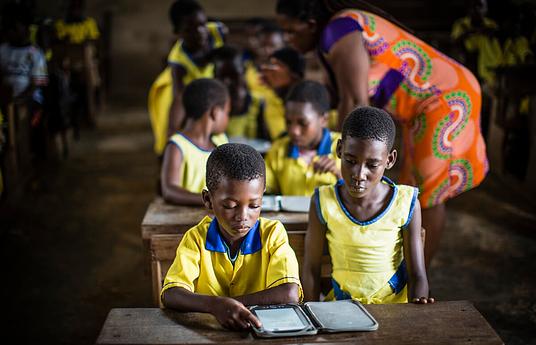There are more refugees around the world than ever before, which has caused the numbers of asylum seekers around the world to grow. This understandably raises questions and suspicion, which schools need to be able to address in a way that promotes dialogue. Encounters is a method that has proven effective.
Encounters is a three lesson unit designed for secondary schools. Its long-term goal is to promote dialogue in society by introducing young people to the stories of refugees.
The students get to know the story of an asylum seeker as told by the asylum seeker themselves, learn about the value of volunteer work, and the ways one person can make a difference. Additionally, the encounters between youth and asylum seekers create discussion about attitudes in society and how everyone can affect them with their own actions.
Encounters helps both students and teachers see human life from a new perspective. Surveys of participants reveal that Encounters has changed student perceptions about asylum seekers and motivates students to find a way they can volunteer to help.
Encounters was created by the Refuhome organisation, which was founded in September 2015 when the parish of Lauttasaari gave emergency accommodation to 120 asylum seekers. The first Encounter was held in Spring 2016, when a teacher felt that racist ideas were gaining a foothold at their school. The teacher asked a volunteer and an asylum seeker to visit the school to talk about their experiences. The word about the impact of the event spread to other schools and they tried it out as well.
.png)

